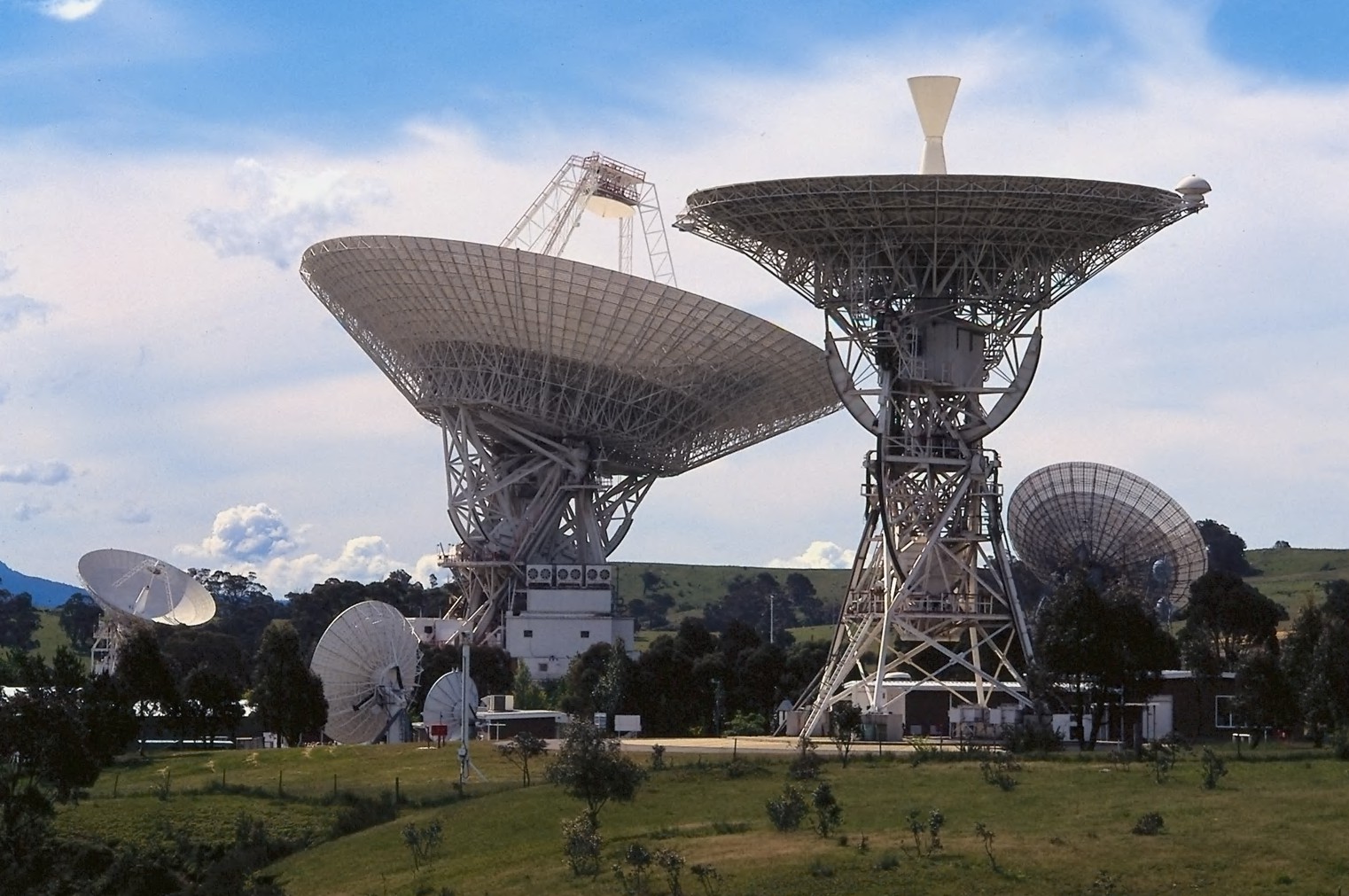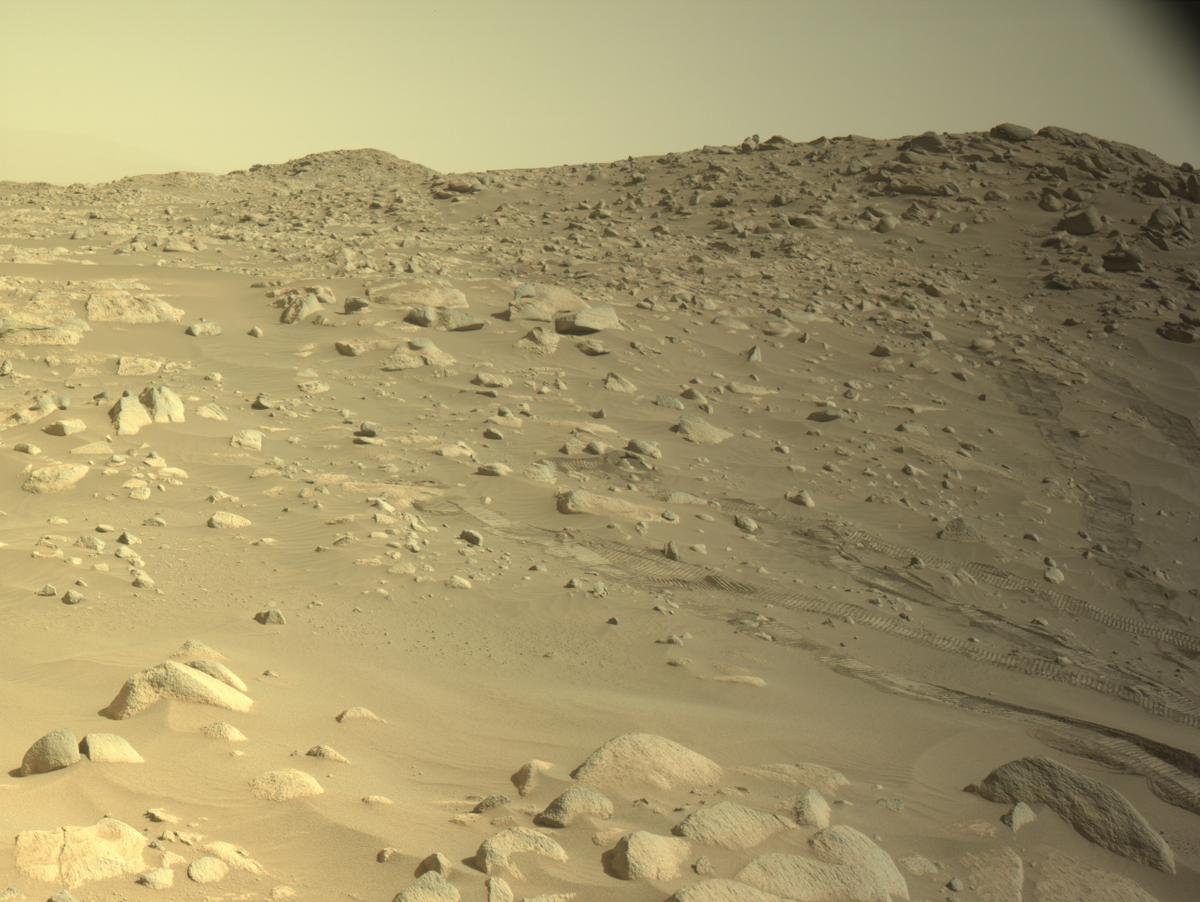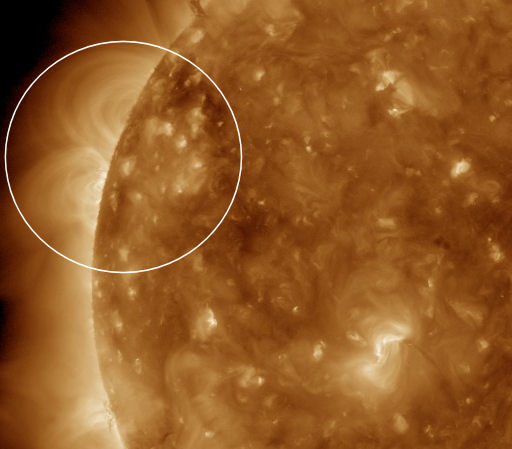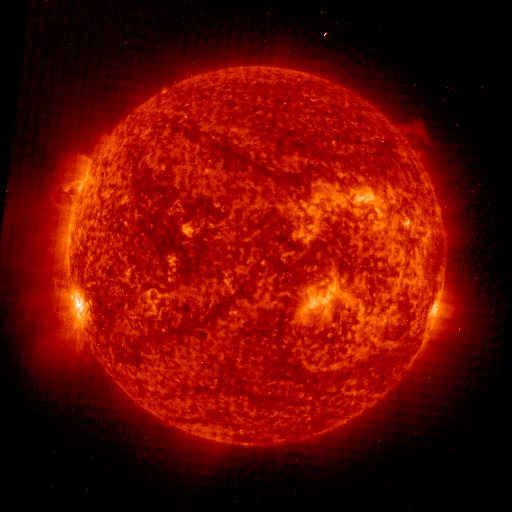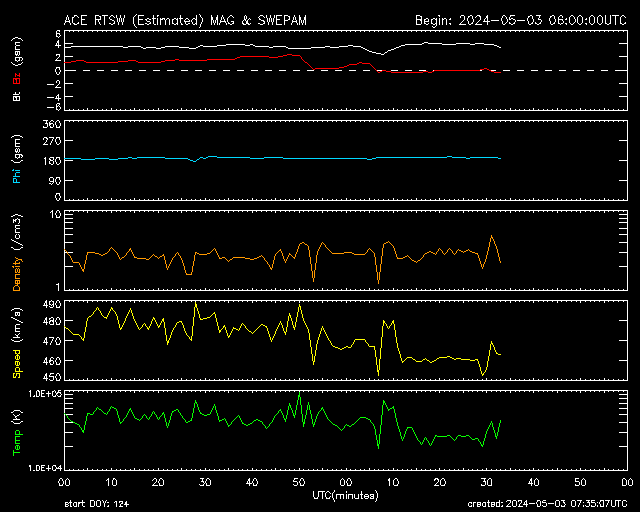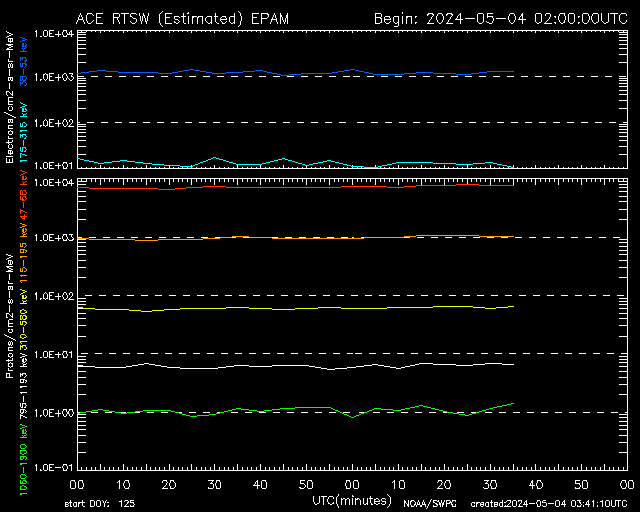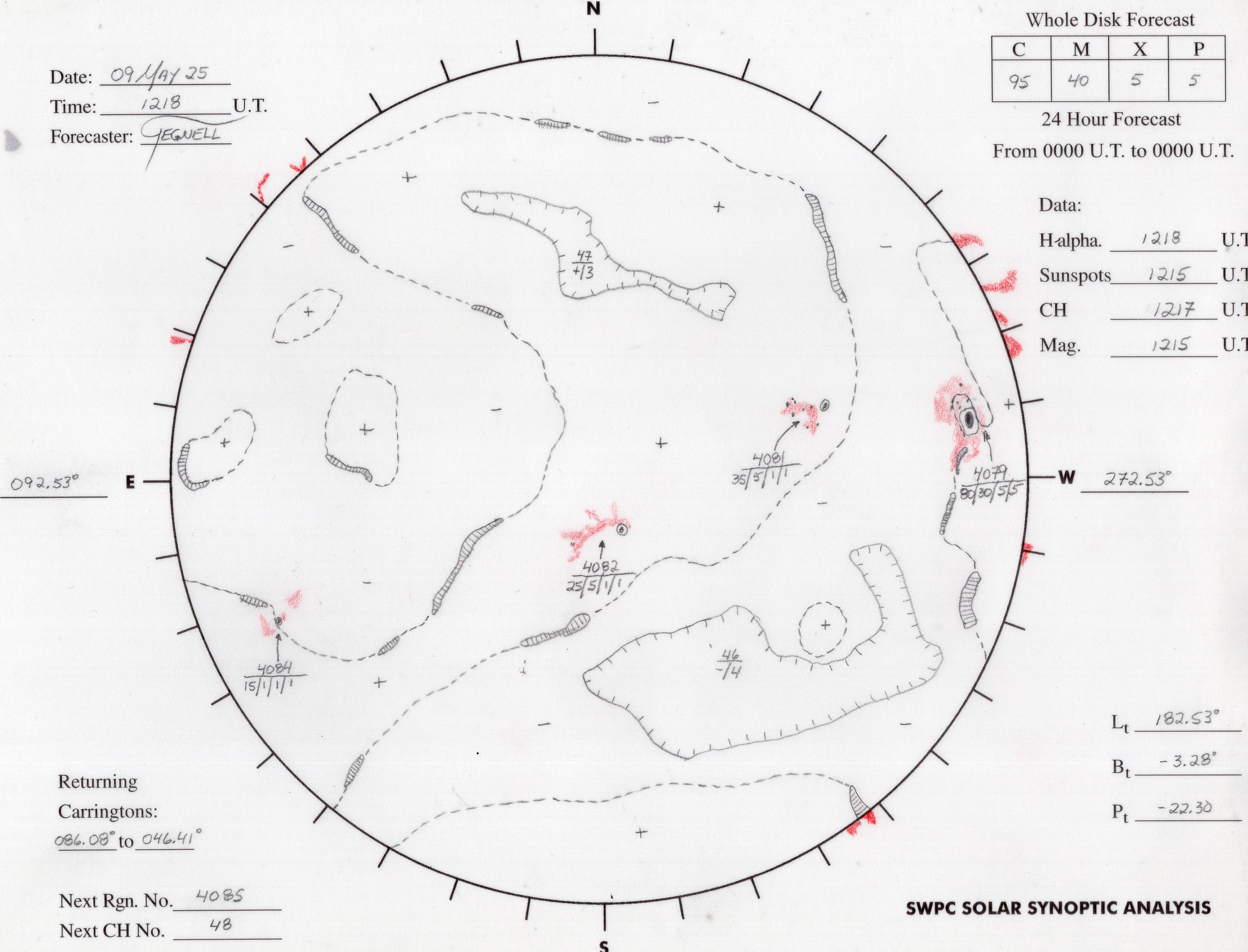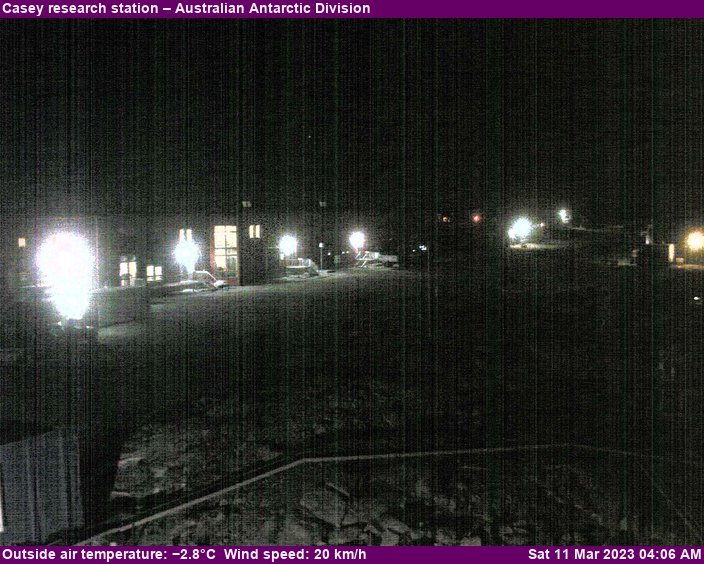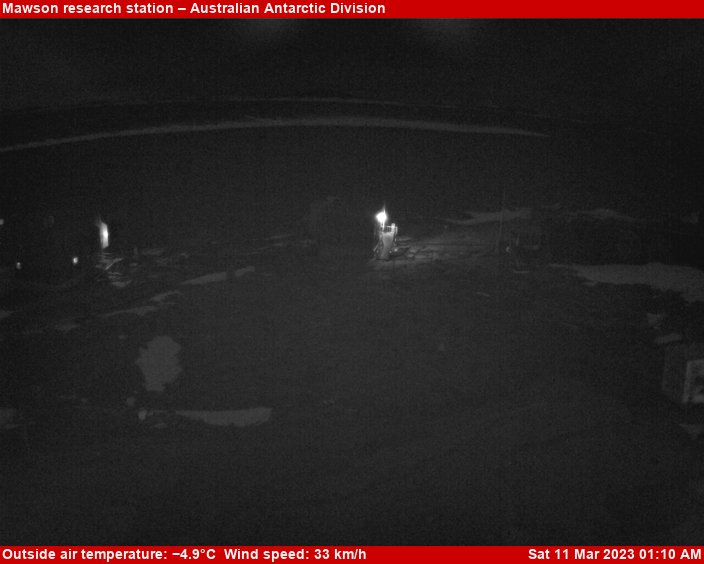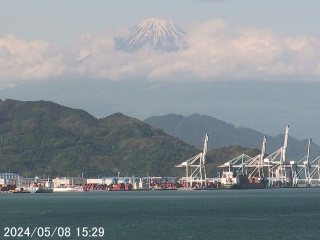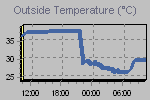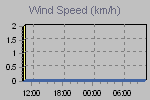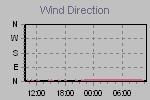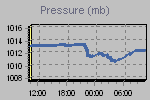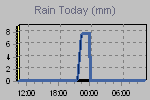There has been much discussion and interest regarding the origin of the Margin unit. The Margin unit has gained interest due to the presence of carbonates and its implications for the paleoenvironment and biosignature preservation of ancient Mars. There are several possible origins for the Margin unit, and further analysis of these rocks will shed light on what environment the Margin unit formed in during Mars' ancient past. Examining the carbonate may also help us understand the processes that occurred after the Margin unit was deposited.
As Perseverance heads west through the Margin unit, there has been more interest in abrading these rocks to determine whether the Margin unit is different from the previous two samples-- Pelican Point and Lefroy Bay--collected from the Margin unit at the Hans Amundsen Memorial Workspace and Turquoise Bay, respectively. Abrasion and proximity science will also provide useful geochemical and textural information that can be used to infer information about the depositional and post-depositional conditions.
Upon returning to Earth, additional laboratory analyses, such as fluid inclusion analyses, clumped isotope thermometry, and classic stable isotope analysis, can determine the temperature, pH, and salinity of the water in which these carbonates were formed. These types of analyses are frequently performed on terrestrial samples on Earth to better understand the climate on Earth during the ancient past when humans did not have instruments or historical records. We may be able to use certain characteristics of the carbonate in the margin samples as “climate proxies” to tell us about the specific environmental conditions of ancient Mars. Additionally, if the Margin unit contains radiogenically datable material, then a sample from this region could be used to constrain the timing of the unit’s formation and its relationship to the Jezero crater paleolake.
Nicolas Randazzo, Postdoctoral Scientist, University of Alberta


